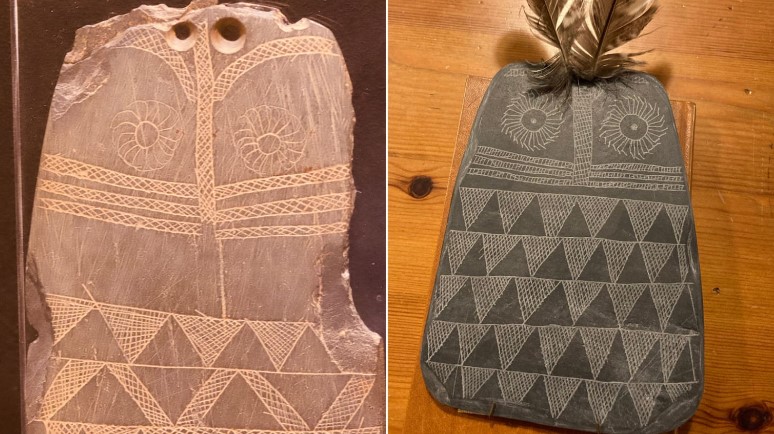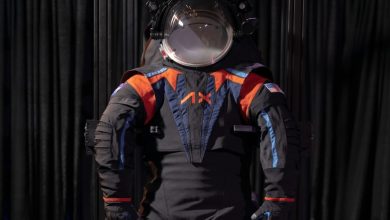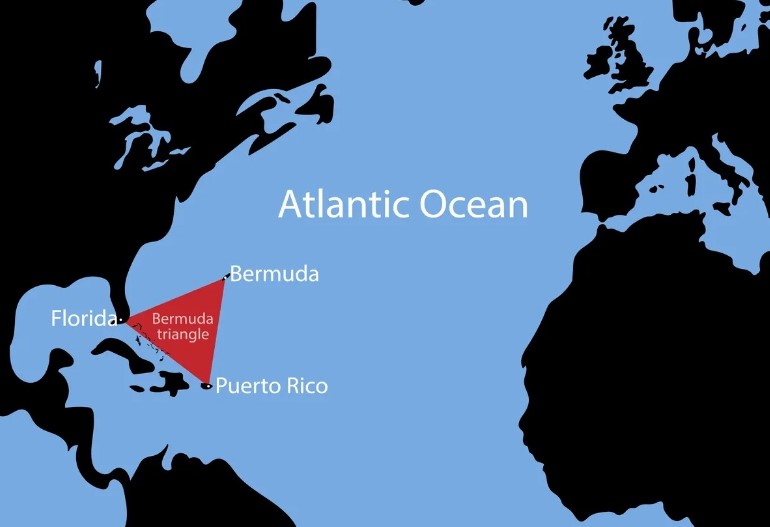Prehistoric children’s favorite toy discovered by new research

Over the last century, thousands of pieces of slate engraved with images of owls have been unearthed from graves and graves throughout the Iberian Peninsula, Portugal and Spain.
The artifacts date back some 5,000 years and for more than a century their function has puzzled archaeologists. Many thought that they represented goddesses and that they mainly had a ritual purpose. Findings from new research, however, suggest a more prosaic function: They were toys made and used by children.
Víctor Díaz Núñez de Arenas, co-author of the study and researcher in the art history department of the Complutense University of Madrid, said the informal appearance of the carvings made the team question whether they were exclusively ritual objects. Additionally, many have been found in houses and other archaeological sites that did not have a clearly ritual context.
To test the hypothesis that they were toys, the research team examined 100 slate plaques, documenting which particular owl traits were present in the engraving: tufts of feathers, patterned feathers, a flat facial disc, a beak and some wings. The researchers then compared them to 100 drawn pictures of owlsat the beginning of the year by children aged between 4 and 13 in a primary school in southwestern Spain. The students were asked by the teacher to draw an owl in less than 20 minutes, without further instruction.
“The resemblance of these plaques to the drawings made by children today is truly remarkable,” Díaz Núñez de Arenas said by email. “One of the things they tell us about the kids back then is that their view of what an owl is (is) very similar, if not identical, to what kids have today.”
It’s impossible to know exactly how prehistoric children would have played with the owls, but many of the chalkboards have perforations that could have allowed children to insert real feathers into the tops, Díaz Núñez de Arenas said.
- Owl-like plaques of the Copper Age and the involvement of children. (nature.com)



